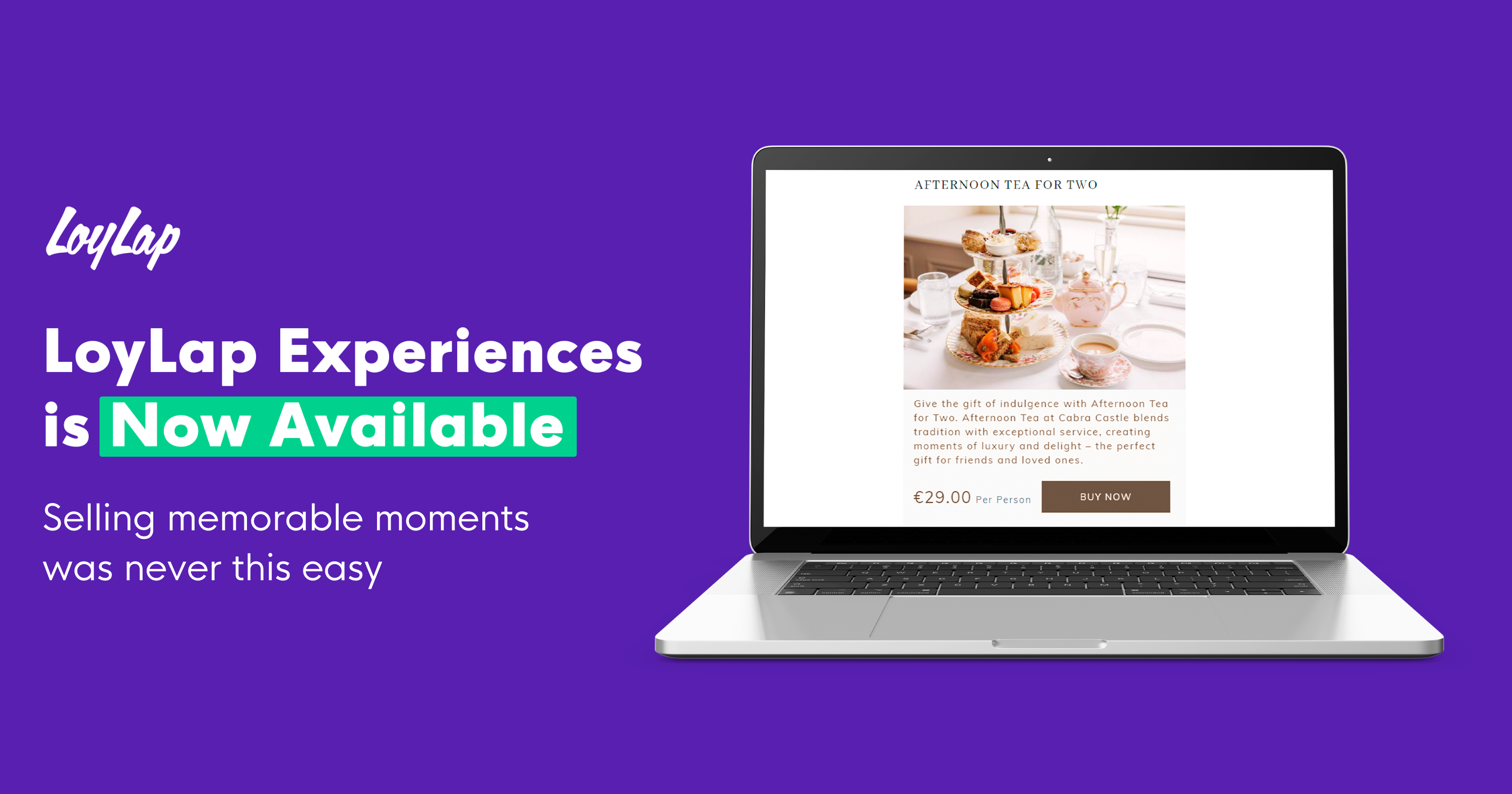Covid-19: The greatest accelerant in business digitisation
Years of change in a matter of months; the Covid-19 crisis has accelerated the evolution in how we do business.
In the late 90s, the majority of the developed world began to use the Internet. At the time, websites were primarily niche, and used amongst software engineers and internet pioneers. However, one tool quickly emerged as the most effective among new, and veteran users alike: the email address. Cemented in pop culture with Tom Hanks and Meg Ryan’s classic, “You’ve Got Mail”, email has become the principle method with which we communicate with people online, and the primary identifier in securing online accounts.
For most small businesses, email was the first online tool of real value. Communication with buyers, suppliers, and partners now no longer required hours of phone calls, and because it was cheaper and faster than the post, its growth was inevitable. Today, businesses use a plethora of online tools to improve efficiency and profitability; Xero and QuickBooks to automate accounting, HubSpot and Salesforce to organise the sales cycle, with the latest major adoption in online collaboration tools like Teams and Slack. As Marc Andreessen coined the phrase “software is eating the world” , and within the SME market, it just finished the starter.
The speed of change
The vast majority of this development has happened in just 20 years. In the history of commerce, from the time the early humans first traded a dead bird for a nicely shaped rock (circa 300,000 years ago) to modern day, 20 years is but the blink of an eye, but in the blink of an eye everything has changed.
The very first eCommerce businesses understood one primary aspect of the internet; its technical geographic reach. Early online companies like pets.com theorized that since so many customers now have computers with access to the internet, they could buy their pet food online. However, being technically able to access a website is far different from actually driving the consumer to visit and purchase on said site. With the rapid growth of Google as the gatekeeper, charging for a flow of traffic to a website, coupled with more competitors entering the market, this direct-to-consumer approach became costly very quickly. This subsequently opened the door for Amazon to corner the market and position itself as the de facto shopping cart of the internet.
It became clear that a ‘Build it and they will come’ approach was not going to work on the internet with so many companies vying for the consumer’s attention. The internet was going to work for SMEs, but not as a giant magnet that would magically bring in new customers from across the globe, at no cost.
The high street is dead. Long live the high street
From the 2000s onward, the general narrative was that it’s a battle between Online and Physical presence businesses. Over the past two decades, we often see headlines around how ‘The High Street is Dead’, but another reality is now becoming apparent. Twenty-first century commerce is not brick-and-mortar versus online; it’s about providing the right experience for your customers, which often is a combination of both Physical and Online retail. Brick-and-mortar businesses are positioned perfectly to provide this with the right tools to help them to leverage online. Once online, the competitive advantage of offering a local, quick, in-store experience is that much sharper compared to online-only businesses. Physical presence retailers are now blending online tools into their business' DNA to provide a more localised online experience.
There cannot be a world without the high street, it has been core to local economies and communities since we first went to agrarian society. Covid-19 has brought about the necessity for business owners and leaders to understand the role online should play in their operations. When all is said and done, many businesses will now consider online in a new light when reviewing their plans for the future. It’s not about the reach of the internet globally, it is conveniences locally, powered by online technology that will drive the next stage of growth for SMEs worldwide.
Email may have been the first online tool that we used, and given the pace of development in the subsequent years to date, I am excited to see, and actively contribute to the next generation of online tools that help SMEs compete online with the biggest companies, while leveraging their physical location to their absolute advantage.
.png?width=110&height=53&name=tl%20(1).png)


.png)
.png)

Leave a comment